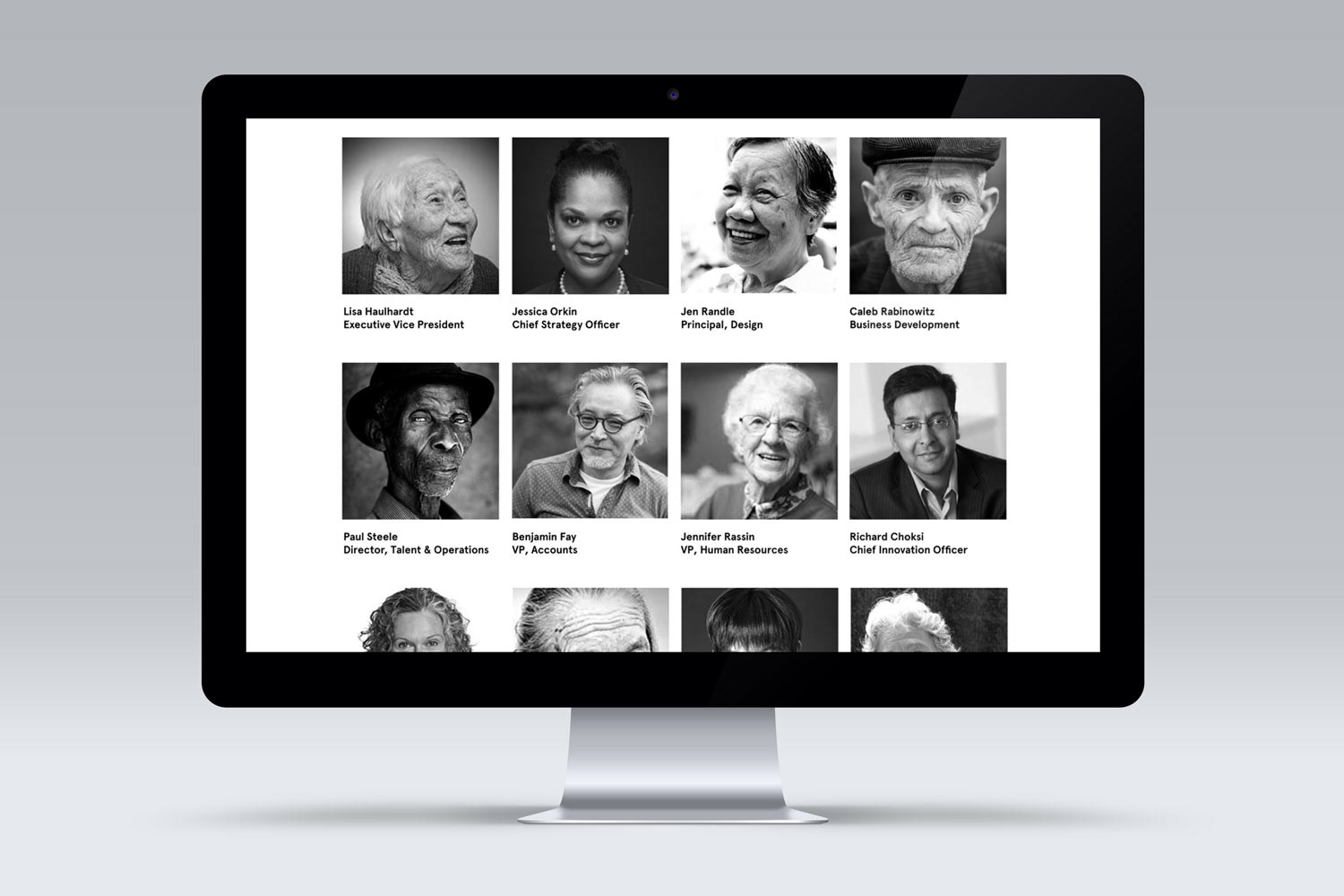Most of us know someone in their 90s; if we're lucky, maybe a handful. But what happens when that lifespan becomes the average rather than the outlier? What happens when we live to be 110, 120, or 130?
For this critical design project, I focused on a few trends that, while based in well-established fact, lead to a scenario that sounds a bit like science fiction.
— Each year, the life expectancy of a baby born increases by 3 months.
— On the whole, Americans are entirely financially unprepared for retirement.
— Social security will likely not be there to help ease this burden.
— On the whole, Americans are entirely financially unprepared for retirement.
— Social security will likely not be there to help ease this burden.
The logical conclusion is that either out of desire or necessity, many people will be working well past what we currently consider to be the 'typical' retirement age of 67. If the retirement age holds while lifespan extends, the financial math simply doesn't add up.




To illustrate this scenario — and think through the many implications of an aging workforce — I developed a website for a fictional strategic marketing company, Octogenerate. The company is staffed primarily by people in their 70s and 80s; the odd 40-year-old is in a supporting role. They are looking for new hires with 30+ years of experience, and their offices are all based in Florida.
Interacting with the website primarily elicits a response of amusement; it's funny to see pictures of elderly people in a black and white photo grid that we'd associate with a hip startup. But that humor inevitably leads to introspection. Why do we find it amusing? And what does that suggest about our own assumptions regarding the elderly and professional life?









It is in the best interest of society — not only of those nearing retirement — to think through these issues, as ultimately they affect our collective financial security. Octogenerate is a simple first step, a probe that helps us uncover our own assumptions and begin to ask the questions about what can and should be done.






